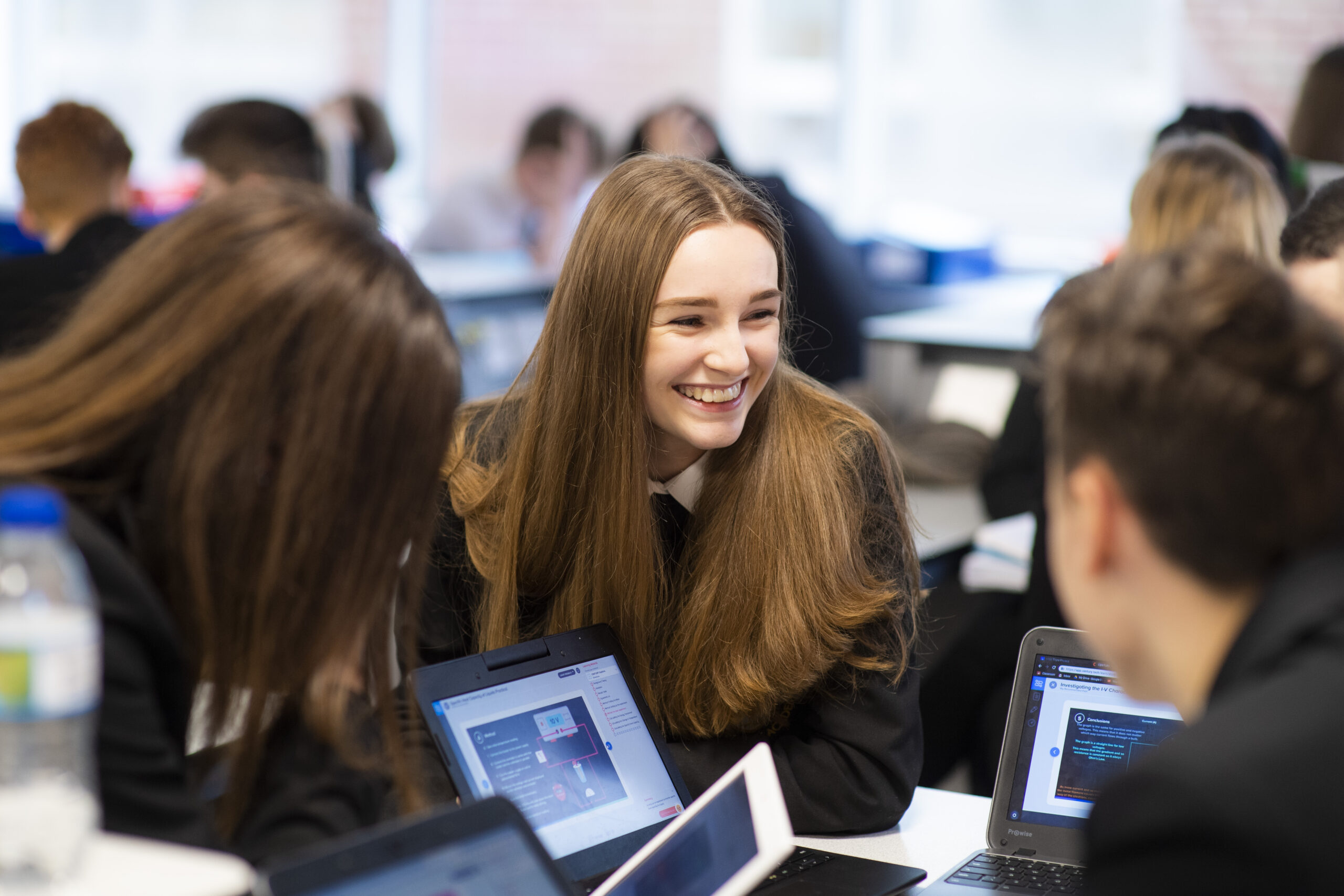Neuromyths in education explored
Estimated reading time: 2 minutes
Alice Little, Cognitive Neuroscientist, discusses the recent Guardian article about neuromyths in education.
It is no surprise that teachers are interested in psychology and neuroscience. As a cognitive neuroscientist, it is encouraging to see so many teachers trying to incorporate evidence from the science of the brain into their lessons. However, neuroscience is anything but simple and the prevalence of so-called ‘neuromyths’ (facts that are supposedly backed-up by neuroscience but are in fact, pseudo-science) in the classroom is cause for concern.
The Guardian (2016), TES (2016, 2014, 2013), The New Scientist (2014), the BBC (Radio 4 programme, 2013) have all featured articles on this problem, calling out the common neuromyths and dispelling them. And yet, they persist.
Do we really need to worry? So what if people think that you can be left-brained or right-brained? How bad can it be to believe in learning styles even though there is no evidence to back this up?
Well, expert Paul Howard-Jones says it can be pretty bad, actually. He claims that belief in these neuromyths can hinder effective teaching. Usha Goswami, a researcher at Cambridge University (PDF), suggests that the best way to teach new material is through a range of styles. This contradicts the neuromyth that we have a specific learning style (Visual, Auditory or Kinesthetic). If children only receive learning materials in one of these styles — due to the mistaken belief that this is beneficial — their learning has been impeded.
So, what should the teacher interested in neuroscience in education do?
Luckily enough educational neuroscience is a rapidly growing area of research and it’s beginning to produce some interesting results. In 2014, the Wellcome Trust partnered with the Education Endowment Foundation (EEF) to fund further research into promising educational strategies. There is plenty to interest teachers looking to incorporate cognitive neuroscience understanding into the classroom. Currently being investigated are projects into Growth Mindset, Working Memory, Spaced Learning and Gamification in the classroom.
They have also compiled a Teaching and Learning Toolkit which is a summary of educational research on teaching 5–16 year olds and is constantly updated to reflect the latest understanding of teaching strategies.
CENTURY is committed to incorporating the best teaching and learning research into our platform. Our recommendation engine currently includes adaptivity based on active retrieval practice (spaced learning and the testing effect) to encourage robust memory formation. We include cognitive messaging around our site to encourage growth mindset, resilience and grit to develop independent, confident learners. We are also piloting an investigation into the role of emotions in learning and long-term memory.
Cognitive neuroscience can provide useful strategies for improving learning outcomes. But we have to be aware of neuromyths, of overselling the evidence and of drawing conclusions that aren’t warranted. If we can do this, then we can drive powerful change in the classroom and beyond.
Written by Alice Little, Cognitive Neuroscientist and Head of Strategic Operations at CENTURY Tech.
CENTURY in the news
View all News
-
Case studies
9th July 2025
Little Ilford School Encourages Independent Learning and Boosts Engagement with CENTURY
Little Ilford School has seen a significant improvement in student engagement and independent learning through the strategic implementation of CENTURY. We spoke with Izzaz Rahman, Lead Practitioner for Science, about the school's journey with CENTURY.
Read more
-
Blog
7th July 2025
Why FE colleges love CENTURY
We spoke to our FE colleges and compiled the top reasons why they love CENTURY. The reasons range from our Initial Assessment's accuracy to the enhanced learner experience.
Read more

